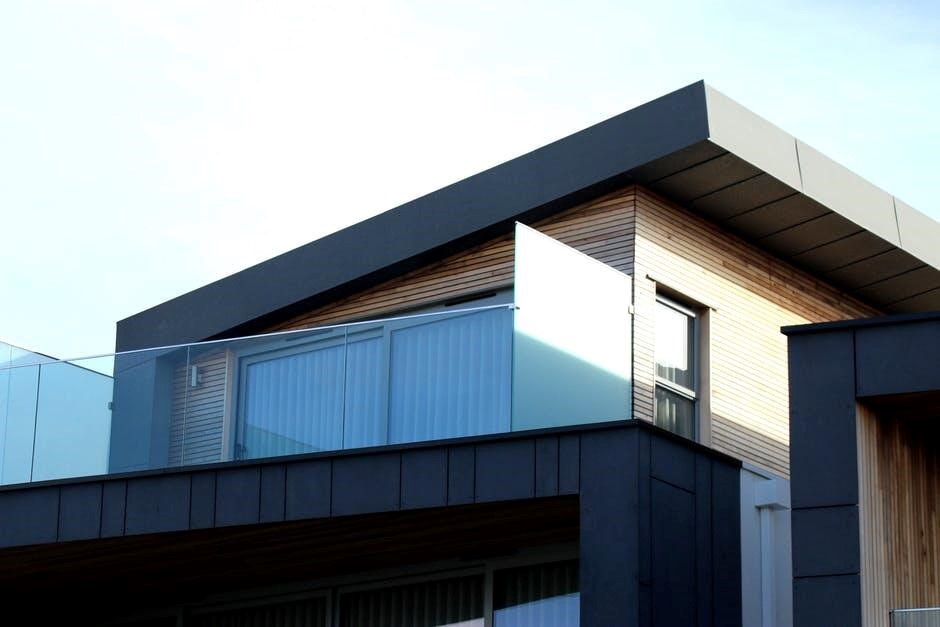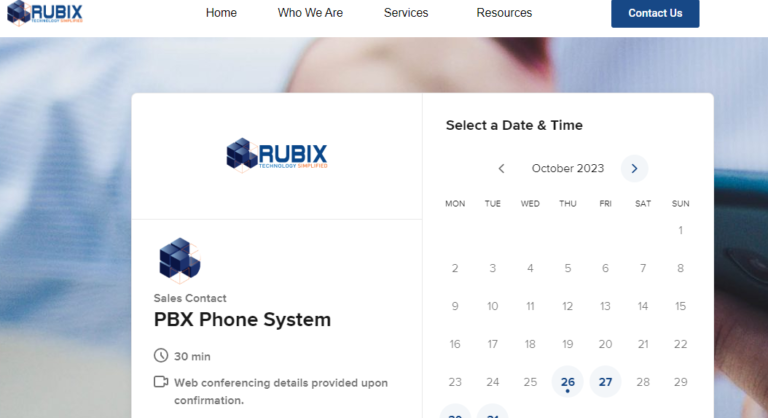The Pros and Cons of Different Types of Flat Roofs
Did you know that the global flat roofing systems market is expected to record a value of $66.23 billion by 2027?
Flat roofs are a popular choice for many homeowners and commercial building owners. This is due to their modern look and cost-effectiveness. They also offer additional space for rooftop gardens and solar panels.
Before choosing a flat roof, it’s crucial to know the types available and their advantages and disadvantages. In this article, we’ll discuss the pros and cons of different types of flat roofs. Read on to find out which one is the right fit for your building.
Built-Up Roof (BUR)
BUR roofing systems have been used for over 100 years and are still widespread today. They consist of multiple layers of alternating bitumen and reinforcing fabrics. These layers are then covered with a layer of gravel or crushed stone for protection against UV rays and weathering.
Pros
Here are some advantages of BUR roofing:
Proven Durability
BUR roofs have a track record of lasting up to 30 years with proper maintenance. This makes them a reliable option for long-term use.
They are also a great option for solar panel installation as they can support the weight of the panels. To help you with this option make sure to consult professional solar panel services. They can help you to install the panels correctly and safely.
Fire Resistant
The multiple layers of bitumen make it difficult for fire to penetrate the roof. This makes it a safe option for buildings.
Easy to Repair
If damaged, individual layers can be easily repaired or replaced without having to redo the entire roof. It’s also easier to detect and fix leaks in BUR roofs.
Cons
There are also some downsides to BUR roofing. Here are a few to consider:
Heavy Weight
The multiple layers of materials make BUR roofs heavy. This can be a concern for older buildings that may not be able to support the weight. They need additional structural support.
Messy Installation
The process of laying down multiple layers of bitumen and gravel can create a lot of dust and noise. This can be disruptive for businesses and residents.
Vulnerable to Water Damage
If the protective gravel layer becomes damaged or displaced, water can seep into the layers below. This causes leaks and potential damage.
Modified Bitumen Roofing
Modified bitumen roofing is a common type of flat roof that’s installed in multiple layers. The base layer is made of fiberglass or polyester, followed by layers of modified asphalt. It’s then topped off with an adhesive layer and a granule surface for UV protection.
Pros
There are several advantages to modified bitumen roofing:
Easy Installation
Modified bitumen roofing can be installed quickly and easily in a variety of weather conditions. This makes it a popular choice for commercial buildings with strict deadlines.
Flexible and Durable
The polymer-modified asphalt layers give modified bitumen roofs the flexibility to expand and contract with temperature changes. This makes them more durable and resistant to cracking.
Cost-Effective
Compared to other roofing options, modified bitumen roofs are relatively affordable. They also require minimal maintenance, making them a cost-effective choice.
Cons
There are some drawbacks to consider with modified bitumen roofing:
Prone to Damage from Foot Traffic
The granule surface can easily be damaged by foot traffic or heavy equipment during roof inspections and maintenance. This can lead to leaks and potential damage.
Limited Lifespan
Modified bitumen roofs have a shorter lifespan compared to other flat roof options, lasting around 12-15 years. Frequent maintenance and repairs may be necessary to prolong its lifespan.
Complex Repairs
Repairing modified bitumen roofs requires specialized equipment and skills. This makes it more expensive and time-consuming compared to other types of flat roofs.
EPDM Roofing
EPDM (Ethylene Propylene Diene Monomer) roofing is a type of synthetic rubber membrane often used for flat roofs. It’s made from large sheets adhered to the roof with adhesives or held down with ballast.
Pros
There are many benefits of EPDM roofing:
Lightweight
EPDM roofing is lightweight. This makes it suitable for a variety of buildings without requiring additional structural support.
Flexible and Resistant to UV Rays
The rubber material allows EPDM to expand and contract with temperature changes. This makes it more durable against cracking. It’s also resistant to UV rays, extending its lifespan.
Low Maintenance
EPDM roofing requires minimal maintenance. It’s also easy to repair if damaged.
Cons
Here are some potential drawbacks of EPDM roofing:
Susceptible to Punctures
Sharp objects or debris can easily puncture the rubber material, causing leaks. Regular inspections and prompt repairs are necessary to prevent damage.
Limited Color Options
EPDM roofing is mainly available in black or dark-colored options. This may not be suitable for buildings with specific aesthetic requirements.
Potential for Shrinking
Over time, EPDM roofs may shrink slightly due to the material’s natural properties. This can cause wrinkles and potential damage if left unattended.
PVC Roofing
PVC (Polyvinyl Chloride) roofing is a popular single-ply membrane used for flat roofs. It consists of two layers of PVC with a polyester reinforcement layer in between.
Pros
PVC roofing offers several advantages:
Chemical Resistance
PVC is highly resistant to chemicals. This makes it ideal for buildings with chemical exposure, such as industrial facilities.
Energy Efficient
The light-colored surface of PVC reflects heat and UV rays. This reduces energy costs for cooling the building.
Long Lifespan
PVC roofs can last up to 20-30 years with proper maintenance. This makes it a long-term and cost-effective option.
Cons
There are some potential drawbacks of PVC roofing:
Difficult to Repair
PVC roofing requires specialized equipment and skills for repairs. This makes it more costly and time-consuming than other types of flat roofs.
Not Suitable for High Temperatures
PVC has a low melting point and can become brittle in extreme heat. This makes it unsuitable for buildings in hot climates.
Environmental Concerns
PVC is made from petroleum and may not be the most environmentally friendly option. It’s also difficult to recycle, leading to potential waste.
Exploring the Different Types of Flat Roofs
The different types of flat roofs have their distinct advantages and disadvantages. When choosing a flat roof for your building, consider factors such as durability, maintenance, cost, and climate conditions.
It’s also essential to hire a professional roofer for installation and regular maintenance to ensure the longevity of your chosen flat roof. Ultimately, weighing the pros and cons will help you make an informed decision. So, do your research and choose wisely.
If you found this article helpful, discover more insightful resources on our website.






